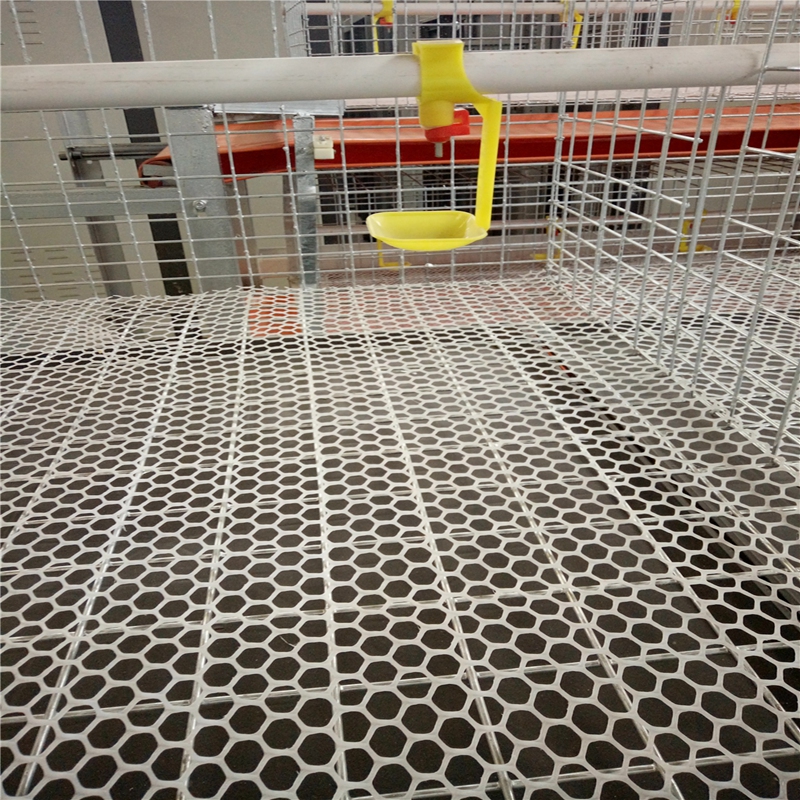floating feed making machine
Nov . 13, 2024 14:47 Back to list
floating feed making machine
Introduction to Floating Feed Making Machines
Floating feed making machines are essential equipment in the aquaculture industry, playing a crucial role in the production of fish feed. As aquaculture continues to grow globally, the demand for high-quality floating feed has surged, prompting innovations in feed production technology. This article explores the mechanics, benefits, and significance of floating feed making machines in fostering efficiency and sustainability in fish farming.
What is Floating Feed?
Floating feed is a type of feed specifically formulated for fish and other aquatic animals that remain near the water's surface. This type of feed typically includes ingredients such as fish meal, vegetable proteins, vitamins, and minerals. One of the primary advantages of floating feed is that it allows farmers to monitor feed consumption easily, reduces wastage, and helps maintain water quality.
The Role of Floating Feed Making Machines
A floating feed making machine is designed to process raw materials into floating feed pellets. This machine not only transforms raw materials into a consumable form but also optimizes the nutritional content of the feed. The process involves several stages mixing, conditioning, extruding, and drying.
1. Mixing The first step involves thoroughly mixing raw materials to achieve a uniform nutrient distribution. This stage is crucial because the nutritional quality of the feed directly impacts the health and growth of fish.
2. Conditioning After mixing, the feed mixture goes through a conditioning stage where it is subjected to high temperature and pressure. This process helps in binding the ingredients and enhancing digestibility.
3. Extruding The conditioned feed is then extruded into pellets using the floating feed making machine. The extrusion process creates a unique structure that enables the feed to float, reducing the chances of sinking and decaying at the bottom of the water body.
4. Drying Finally, the pellets are dried to reduce moisture content, prolong shelf life, and improve storage conditions.
Advantages of Floating Feed Making Machines
floating feed making machine

The benefits of using floating feed making machines are noteworthy
- Efficiency These machines can produce a large quantity of feed in a relatively short time. This efficiency is crucial for commercial aquaculture operations that require consistent and adequate feed supply.
- Customizable Feed Floating feed making machines allow producers to customize their feed formulations based on the specific dietary needs of various fish species. This customization can improve growth rates, feed conversion ratios, and overall health.
- Less Waste Since fish are more likely to eat floating feed, there is less waste compared to sinking feed. This not only saves costs for farmers but also leads to better water quality, as less undigested feed contaminates the aquaculture environment.
- Improved Nutritional Value Advanced floating feed making machines can enhance the nutritional profile of the feed. By using high-quality ingredients and extrusion technology, these machines produce feed that supports optimal growth and health in fish.
Market Trends and Future Prospects
The global aquaculture feed market is anticipated to grow significantly, driven by increasing fish consumption and a shift toward sustainable farming practices. As more players enter this market, the demand for innovative floating feed making machines is expected to rise. Manufacturers are focusing on improvements in energy efficiency, automation, and integration of smart technology to enhance production processes and reduce operational costs.
Additionally, as environmental concerns become more pressing, there is a growing interest in formulating feeds with sustainable ingredients. Floating feed making machines are evolving to accommodate these changes, allowing for the incorporation of alternative protein sources and environmentally friendly materials.
Conclusion
In conclusion, floating feed making machines are key players in the aquaculture industry, enabling efficient production of high-quality floating feeds. As fish farming continues to expand and adapt to market demands, these machines will undoubtedly play a pivotal role in ensuring sustainable practices. By enhancing feed efficiency, reducing waste, and improving nutritional value, floating feed making machines not only support the growth of aquaculture but also contribute to global food security.
-
Hot Sale 24 & 18 Door Rabbit Cages - Premium Breeding Solutions
NewsJul.25,2025
-
Automatic Feeding Line System Pan Feeder Nipple Drinker - Anping County Yize Metal Products Co., Ltd.
NewsJul.21,2025
-
Automatic Feeding Line System Pan Feeder Nipple Drinker - Anping County Yize Metal Products Co., Ltd.
NewsJul.21,2025
-
Automatic Feeding Line System - Anping Yize | Precision & Nipple
NewsJul.21,2025
-
Automatic Feeding Line System - Anping Yize | Precision & Nipple
NewsJul.21,2025
-
Automatic Feeding Line System-Anping County Yize Metal Products Co., Ltd.|Efficient Feed Distribution&Customized Animal Farming Solutions
NewsJul.21,2025






